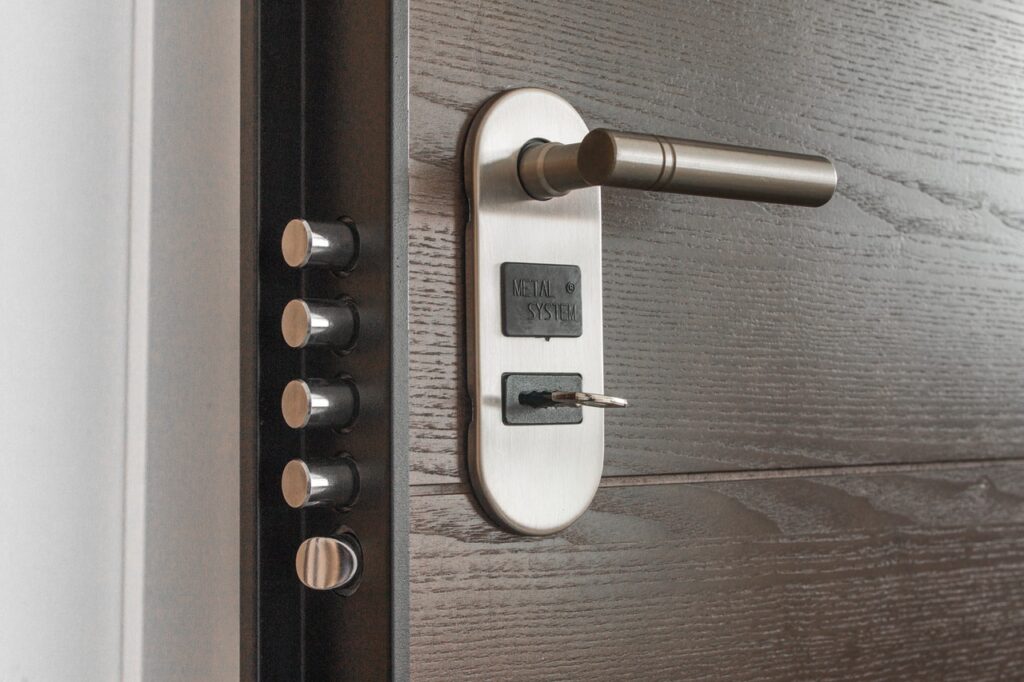
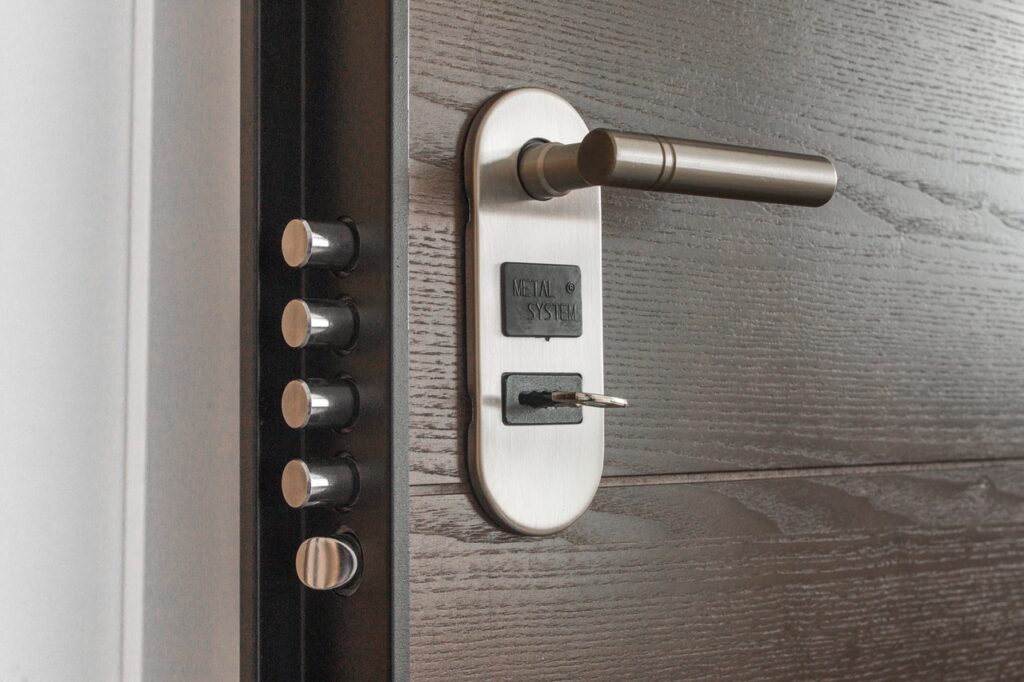
Decorating your home is a lot of fun, and is usually one of the first things families like to do when they move house. While you personalize your home and make it a comfortable living space that you can relax and enjoy, you should also consider making your home safe and secure. As you embark on a DIY journey, you can make a few changes to your home that will ensure your family are safe. From removing hazards to installing security cameras, there are a plethora of updates you make that will help you sleep at night.
Here are some top tips to help you get started with making your home safe and secure.
#1 Set up a security system
Unfortunately, you no longer live in the days when you can leave your front door unlocked. Regardless of how safe the town you live in might be, setting up a security system in your home can provide you with a great layer of protection for you and your family. Any property that is full of expensive and valuable items, is at risk of a burglary. A security system not only acts as a deterrent but can also capture any incidents on the camera to help with investigations. You can put together your DIY security system, or you can purchase one from a reputable company.
Security systems also come with a range of other benefits, such as lowering your homeowner’s insurance premiums, providing you with the ability to control your heating from your device, and in some cases, you can answer your door from your phone.
#2 Secure the windows and doors
Make sure that when you first move house, you change the door locks. You never know who may have a key to the property, so it is better to be on the safe side and ensure you are the only ones in possession of keys to your home. Make sure all the locks work, are up-to-date and are of a high standard. You should also ensure that the frameworks on the windows and doors are strong, and the hinges are well protected.
Check that your windows and doors are shut and locked at night or when you are not on the property, and that when they are open, they do not allow people to access your home. You should also double-check that your mailbox does not provide easy access to opening your front door. For an extra layer of protection, some households use age-old techniques such as dowels or window bars, prickly bushes located under the first-floor windows, as well as modern technology such as glass break sensors, door sensors and window security film, to protect their doors and windows.
#3 Light up your garden
Installing lights around the exterior of your home is another great way to deter burglars and intruders. They will typically target properties at night so they can’t be seen. With bright lights that turn on, you will quickly frighten them and scare them off your property. These can be installed by your windows and doors, garden and garages. These can be simple lights that are activated by motion. They can also be solar-powered, on a timer, or installed with smart bulbs, to help the efficiency of your home.
#4 Fire and gas detectors
Fire detectors are a staple in all homes, and you should check regularly that they are working and have enough battery. Unfortunately, not every home knows how to keep it safe from gas leaks or exposure. An old, or unsafe appliance can leak and cause poisoning, fires and explosions. This is especially important if you use propane gas in your home. You can click here to find out more about keeping your home safe. You should also ensure that you have the relevant gas detectors installed in your home as an additional precaution.
#5 Secure your WiFi network
It is normal to look around the home and think about the physical changes you can make to appliances, but neglect the things you cannot see. Your WiFi holds a lot of power, which means it also comes with a lot of risks. Your wireless network is used by all your family members on their personal devices, which more than likely holds sensitive personal and financial information. Some WiFi networks are also connected to security systems and smart home gadgets that control aspects of your home. This makes your WiFi at risk. You should therefore keep hackers off your home network by locking it down. Make sure you secure your wireless router, enable encryption, regularly update your password, use a firewall, install antivirus and antimalware software and be careful not to fall prey to any scams.
#6 Remove hazards
Is your home safe for your family to run around and play? Do you have items that are not age-appropriate that are within reach of your children? Are there any tools or sharp objects lying around that someone could hurt themselves on? It is a good idea to take a risk assessment of your home on a regular basis, especially if you have young children running around. Some of the most common things to look out for are:
- Unattended candles
- Sharp corners
- Tools and utensils
- Loose and unorganized cables
- Wet floors and slipping hazards
- Toxic items are out of reach
- Cupboard, plug, window, door and stair protectors
Your home is a space where you can relax, and enjoy your time with your family. While there are many events that you can plan for, there will also be incidents that you have not foreseen. Making your home safe doesn’t have to be costly or timely, it just needs a little review of hazards and a few upgrades, and you will significantly improve the safety and security of your home, not to mention minimize risks, and improve your homeowner’s insurance premiums.
By investing time and effort to make it safe and secure, you will create peace of mind that your family is safe and can live a happier life.
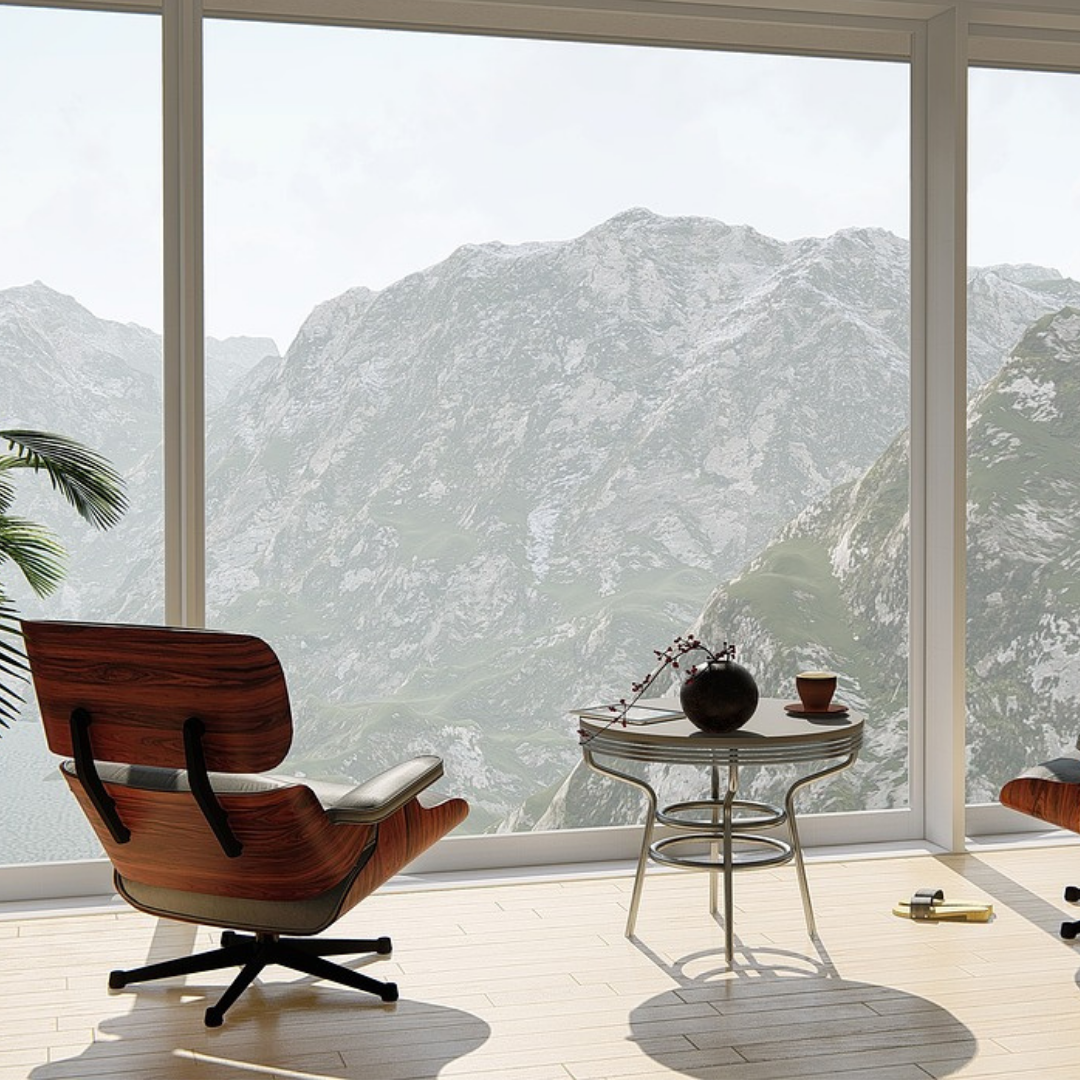
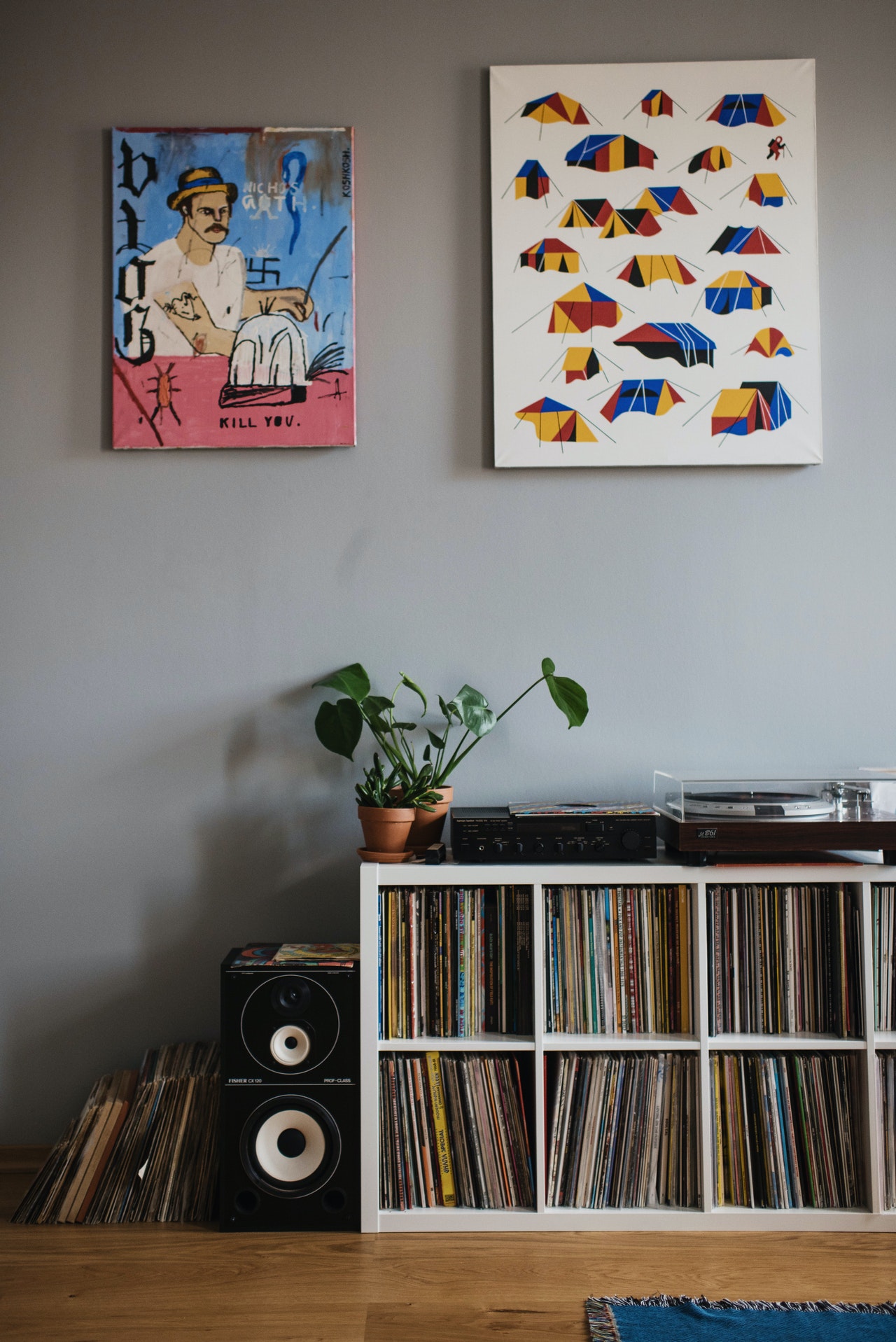
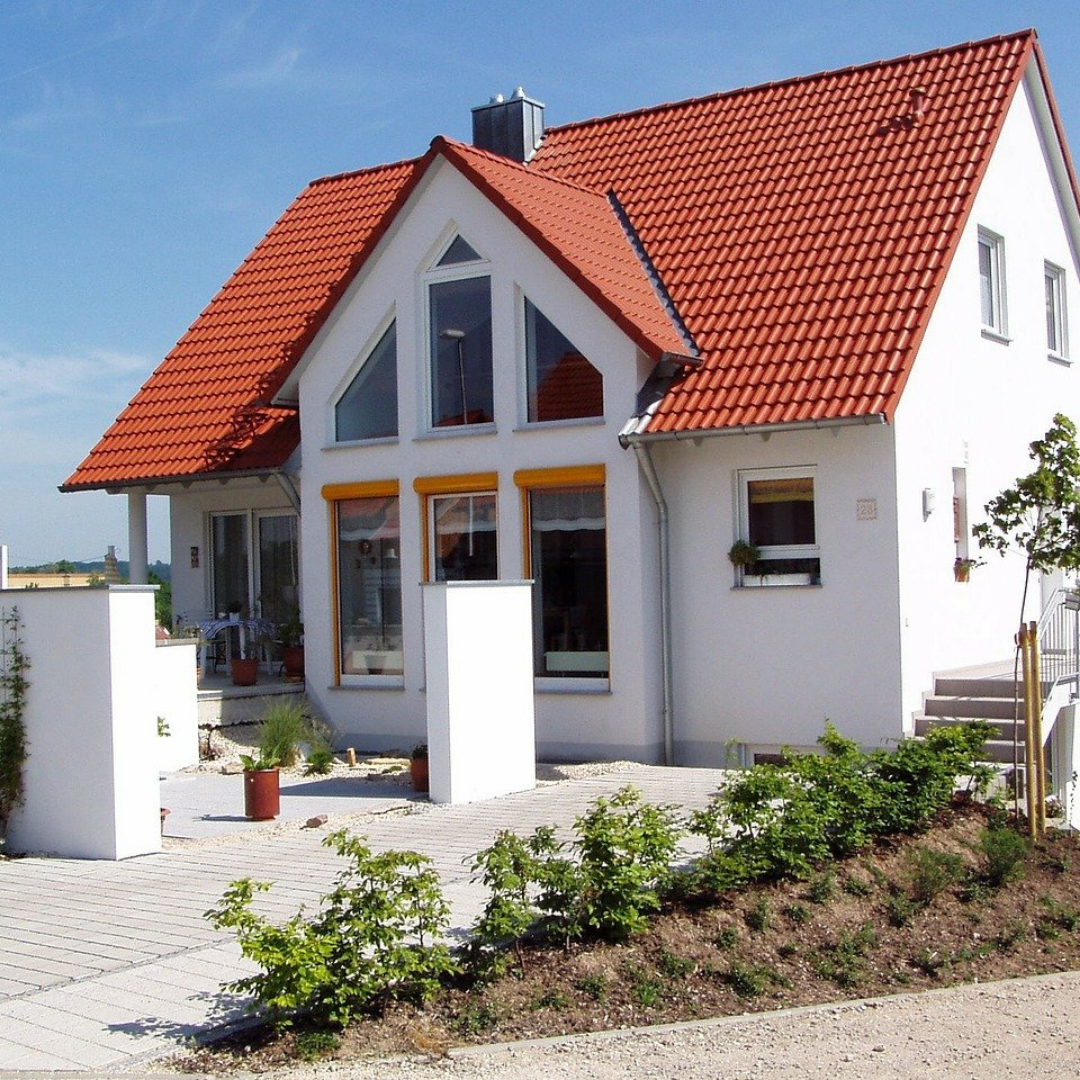

Leave a Reply